Perfume is more than just a fragrance; it’s an art form, a science, and a personal statement. Whether you’re shopping for a new scent or learning about the world of perfumery, understanding the different types of perfumes like Eau de Toilette (EDT), Eau de Parfum (EDP), and others can make a significant difference in your choice. Each type has its unique characteristics, concentration levels, and uses. In this blog, we’ll explore these in detail, including the ingredients commonly found in perfumes.
1. Eau de Toilette (EDT)
Concentration: 5-15% fragrance oil
Longevity: 4-6 hours
Characteristics: Eau de Toilette is one of the most popular types of perfumes due to its balance of lightness and staying power. It’s designed for everyday use, offering a fresh and subtle fragrance that’s less intense than Eau de Parfum.
Common Ingredients:
- Top Notes: Citrus oils (bergamot, lemon, lime), herbal notes (lavender, rosemary), and aquatic accords.
- Heart Notes: Light florals like jasmine, peony, and rose, sometimes blended with spices such as cardamom or pink pepper.
- Base Notes: Soft woods (cedarwood, sandalwood) and musk.
EDT is ideal for daytime use, especially in warmer weather, as its lighter concentration won’t overwhelm the senses.
2. Eau de Parfum (EDP)
Concentration: 15-20% fragrance oil
Longevity: 6-8+ hours
Characteristics: EDP is richer and more intense than EDT, making it a popular choice for evening wear or special occasions. The higher concentration of fragrance oils gives it a more robust and long-lasting scent profile.
Common Ingredients:
- Top Notes: Fruity accents (pear, apple, berry), aldehydes, and citrus.
- Heart Notes: Strong florals like tuberose, ylang-ylang, and orange blossom.
- Base Notes: Warm and luxurious elements such as vanilla, patchouli, amber, and tonka bean.
EDP is versatile and often considered a “go-to” choice for those who want a perfume that lasts throughout the day without being overpowering.
3. Eau de Cologne (EDC)
Concentration: 2-5% fragrance oil
Longevity: 2-3 hours
Characteristics: Eau de Cologne is light and refreshing, often associated with citrus-heavy compositions. It’s ideal for a quick burst of freshness and is commonly used as a splash or aftershave.
Common Ingredients:
- Top Notes: Vibrant citrus oils (grapefruit, orange, bergamot), mint, and neroli.
- Heart Notes: Subtle herbs like thyme and basil.
- Base Notes: Barely detectable due to the low concentration.
EDC is great for casual use or layering with other fragrances for added depth.
4. Perfume (Parfum/Extrait de Parfum)
Concentration: 20-30% fragrance oil
Longevity: 8-12+ hours
Characteristics: This is the most concentrated and luxurious form of perfume. With its high fragrance oil content, Parfum offers exceptional longevity and depth, making it a premium option for special occasions.
Common Ingredients:
- Top Notes: Exotic spices (saffron, pink pepper), aldehydes, and rare fruits (lychee, plum).
- Heart Notes: Rich florals like jasmine sambac, rose absolute, and orris.
- Base Notes: Complex and deep notes such as oud, ambergris, musk, and sandalwood.
Parfum is an investment in quality and sophistication, often packaged in smaller bottles due to its potency.
5. Eau Fraîche
Concentration: 1-3% fragrance oil
Longevity: 1-2 hours
Characteristics: Eau Fraîche is even lighter than Eau de Cologne. It’s composed mostly of water and a minimal amount of alcohol, making it refreshing and subtle.
Common Ingredients:
- Top Notes: Very light citrus like lemon and bergamot, along with aquatic or green notes.
- Heart Notes: Gentle florals.
- Base Notes: Often absent due to the low concentration.
This is a great choice for hot summer days or those who prefer an understated scent.
6. Other Perfume Types
Attar
- Concentration: Pure essential oils with no alcohol.
- Characteristics: Traditional and oil-based, attars are commonly used in Middle Eastern and South Asian cultures. Popular ingredients include oud, rose, saffron, and sandalwood.
Body Mist
- Concentration: 1-2% fragrance oil.
- Characteristics: Body mists are lightweight and refreshing, perfect for a quick spritz throughout the day.
Fragrance Pyramid: Understanding Notes
Perfumes are composed of different layers of scents, referred to as the fragrance pyramid:
- Top Notes: The first impression, usually lasting 5-15 minutes. Common examples include citrus, herbs, and light fruits.
- Heart Notes: The core of the fragrance, lasting several hours. Florals, spices, and greens are typical here.
- Base Notes: The final and longest-lasting impression, often woody, musky, or ambery.
Choosing the Right Perfume for You
When selecting a perfume, consider:
- Occasion: Lighter fragrances like EDT or EDC work well for daytime, while EDP and Parfum are better suited for evenings.
- Weather: Fresh and citrusy scents are great for summer, whereas warm, spicy notes are ideal for winter.
- Longevity: If you need a long-lasting fragrance, opt for EDP or Parfum.
- Personal Preferences: Your personality and mood play a role in determining which scent suits you best.
Perfume is a deeply personal and sensory experience. Understanding the differences between types like EDT, EDP, and others helps you make informed choices and appreciate the craftsmanship behind each scent. Whether you prefer a light and airy Eau de Toilette or a luxurious and long-lasting Parfum, there’s a fragrance out there to match every occasion and personality.

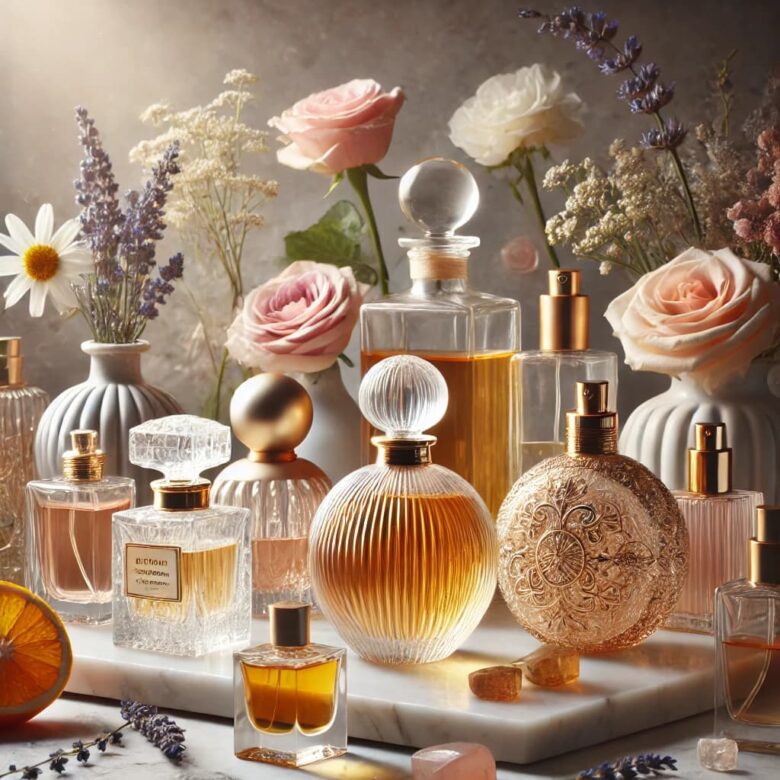
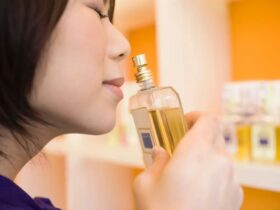
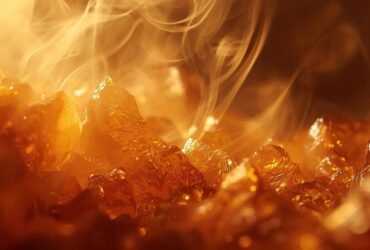
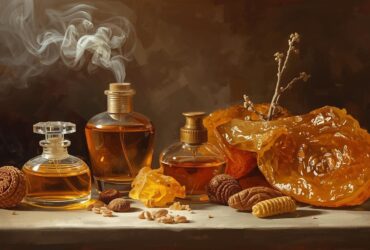

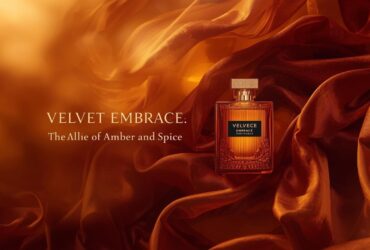
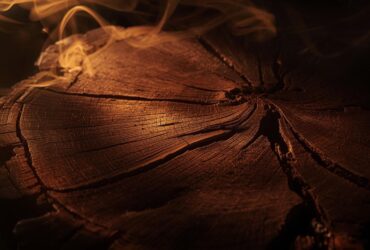

Leave a Reply